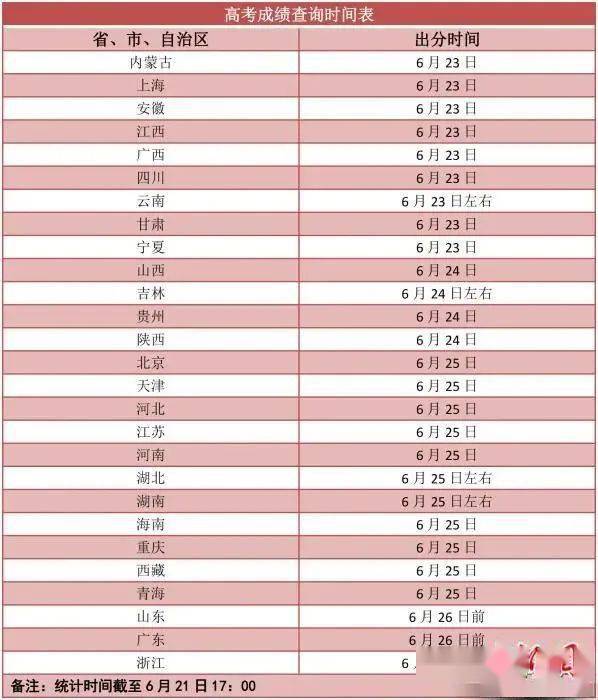Introduction: From the previous generation of product electronic schoolbags to the current smart classroom industry, it has been ten or eight years, but this industry has not been very strong. Even in the near future, there are several incidents in Jiaxing, Bengbu, and the National Education Supervision Group. Controversies and policy pressures on this type of product are on the rise. What are the reasons?
Introduction: From the previous generation of product electronic schoolbags to the current smart classroom industry, it has been ten or eight years, but this industry has not been very strong. Even in the near future, there are several incidents in Jiaxing, Bengbu, and the National Education Supervision Group. Controversies and policy pressures on this type of product are on the rise. What are the reasons?

Some time ago, I saw the point of view of a practitioner who believed that the chaotic nature of the smart classroom industry is because there has not yet been a product that can formulate industry standards and national standards.
But I think this concept is too easy to come up with, and it cannot be said to be wrong. Almost any industry can say the same before there are giants. I think this may be a fact, but it is not the whole fact. I think that thinking about this problem should be divided into horizontal and vertical. Of course, we must look at the problems of smart classroom products and the industry itself. Horizontally, we must see the differences between smart classrooms and other teaching information products.
Although the current smart classroom product forms include PAD, paper and pen, handwriting board, and feedback device (clicker), I think that except for the PAD end, other solutions are only used to solve the price problem of the PAD or the replacement of the screen problem. The plan is just a spare tire. Therefore, only the smart classroom on the PAD side will be discussed here.
The smart classroom industry can be subject to such a big controversy, and it can even be said to be the most popular product in the current teaching informatization (even the school information and communication industry feels that it has entered a plateau). I think it must be caused by a combination of many aspects. I will consider the following To decompose this problem in several dimensions:
- Policy/concept level 1. Educational equity
Smart classroom products are all students’ hands-on terminals, and objectively speaking, they can only be divided into flat classes, but this violates the principle of education fairness to a certain extent. But I think this issue is definitely not the most important, because we have too many ways to break education fairness.
Various experimental classes, Beijing No. 4 Middle School/Chengdu No. 7 Middle School Online School, recording and broadcasting and even all three classrooms, as long as they are not implemented in the whole school at least for the whole year, education is equally unfair. From a horizontal comparison, I think education equity is certainly not the most important factor.
Children’s vision protection
I think this is relatively important because of policies, not social concepts. Myopia is really a very complicated problem. Looking at the electronic screen is only one of the factors. Now children are forced to stay up late at night to do homework, not exercise, and play with mobile phones. The impact may be greater than the time in the smart classroom.
Even to say something rebellious, children’s eyesight is never the most worrying issue for parents. As long as the education volume is serious enough, competition and pressure for entering higher education will be there. Don’t parents know that having so many cram schools a day is an overuse of their eyes? But is myopia important or is it important to go to school?
Of course, this seems a bit quibble. I don’t think it has no effect, but the vision problem must not be solved by the extinction wisdom classroom. I even hope that someone in the industry will do statistics. What is the proportion of myopia in the class that uses the smart classroom and the class that is not used, I believe there is not much difference.
- Product price 1. Politics and procurement
Generally speaking, we are not sensitive to the price of government procurement products, and the price of education informatization is almost outrageous compared with product prices in other markets. I haven’t felt it is a problem for so many years. But in the smart classroom industry, this is indeed a problem.
From collective equipment to personal equipment, a substantial increase in the number is very difficult to achieve with the current investment in education funds. Therefore, many people in the industry believe that it is really hard to imagine what kind of support will be required to rely on the government to directly pay the bills, so they can only adopt the parent-paid model.
Parents pay
In the two incidents in Jiaxing and Bengbu, the media repeatedly emphasized that the price of this smart classroom tablet was too outrageous, selling for 6,000 or 7,000.
On the other hand, why is this tablet at this price? Are these manufacturers all black-hearted manufacturers without exception, and no one in the industry has a conscience? I don’t think so. I think there are two important factors that cause this price problem:
I think this problem is very serious at present. In fact, it is not that no manufacturers have tried to break this transaction structure, but any reform, whether it is right or wrong, will always be obstructed by the old forces. To solve this problem, supply-side reforms and business model updates may be needed.
It is more politically incorrect to say that after all these years, how has “education corruption” ever been mentioned on paper.
Dimensions of customer success: derived from the SAAS industry 1. Lack of the concept of customer success
The concept of customer success was born in the United States. At present, the domestic SAAS industry is also widely used. I quote this concept to explain the problem of “satisfying customer goals”. The essence is the school level.
It is very interesting that the SAAS industry has a basic understanding that when the number of customers comes up, it cannot rely on the customer success manager, and the whole industry is getting bigger and bigger, and the user perception is built up, and this dependence will naturally be weakened. But in the field of smart classrooms, the establishment of customer awareness is too slow.
To be honest, product dusting is not the ill of smart classrooms, it is the ills of the entire education informatization and education equipment industry. There are so many products that schools use once or twice a year.
I personally think that this problem is difficult to solve. It has something to do with the management structure of the school, the way teachers are hired, social status, etc. They have no motivation and sense of crisis to make progress, and can only rely on the personal pursuit of the principal and regional managers. , Even the pursuit of political achievement.
As a result, the nonsense of “No service can’t be used” has been acquiesced in the entire industry.
Teacher’s personal questions 1. Some teachers’ acceptance of new technology/products
Here is a quote from Douglas Adams’s three laws of science and technology:
What is interesting is the teachers of K12, the average age of these 11-12 million people is 32-35 years old. There is quite a large group of people, and their acceptance of any new things, especially new technologies (which is new to them) is naturally very low.
It doesn’t matter whether the product or technology is good or not, nor does it matter whether he has this need, but his notion that he is just a living being like a human being.
Smart classrooms are not being used in the whole school and the whole year
This in itself seems to be a school reason, but why I put this into the teacher’s personal problem, because it will cause two factors that weigh on the teacher and make it very difficult for him to use the smart classroom:
The teacher himself is just a wage earner (forget about the moral kidnapping of the engineer of the soul, the income is there, let’s talk about the affordability of a house), he needs to use a product to have an effect. Smart classroom cannot be said to be ineffective. I think the value of improving the classroom atmosphere is very high.
But how can this effect be obvious to the teacher, and even more utilitarianly, how can I be able to go to work and fish and complete the work, how can I show it in the PPT, and how can I relate to performance? At this point, I feel that the smart classroom products have not been clearly thought out. At the simplest level, this is at least an “efficiency” issue.
The above is my summary of the current ills in the smart classroom industry or products.
The fact that an industry can develop to its current state and produce such a big controversy may not necessarily be caused by a single point of issue. On the other hand, solving any single-point problem is not enough to spur the rapid development of this industry.It is very difficult to establish a comprehensive understanding of this industry. I hope that





























































You must log in to post a comment.